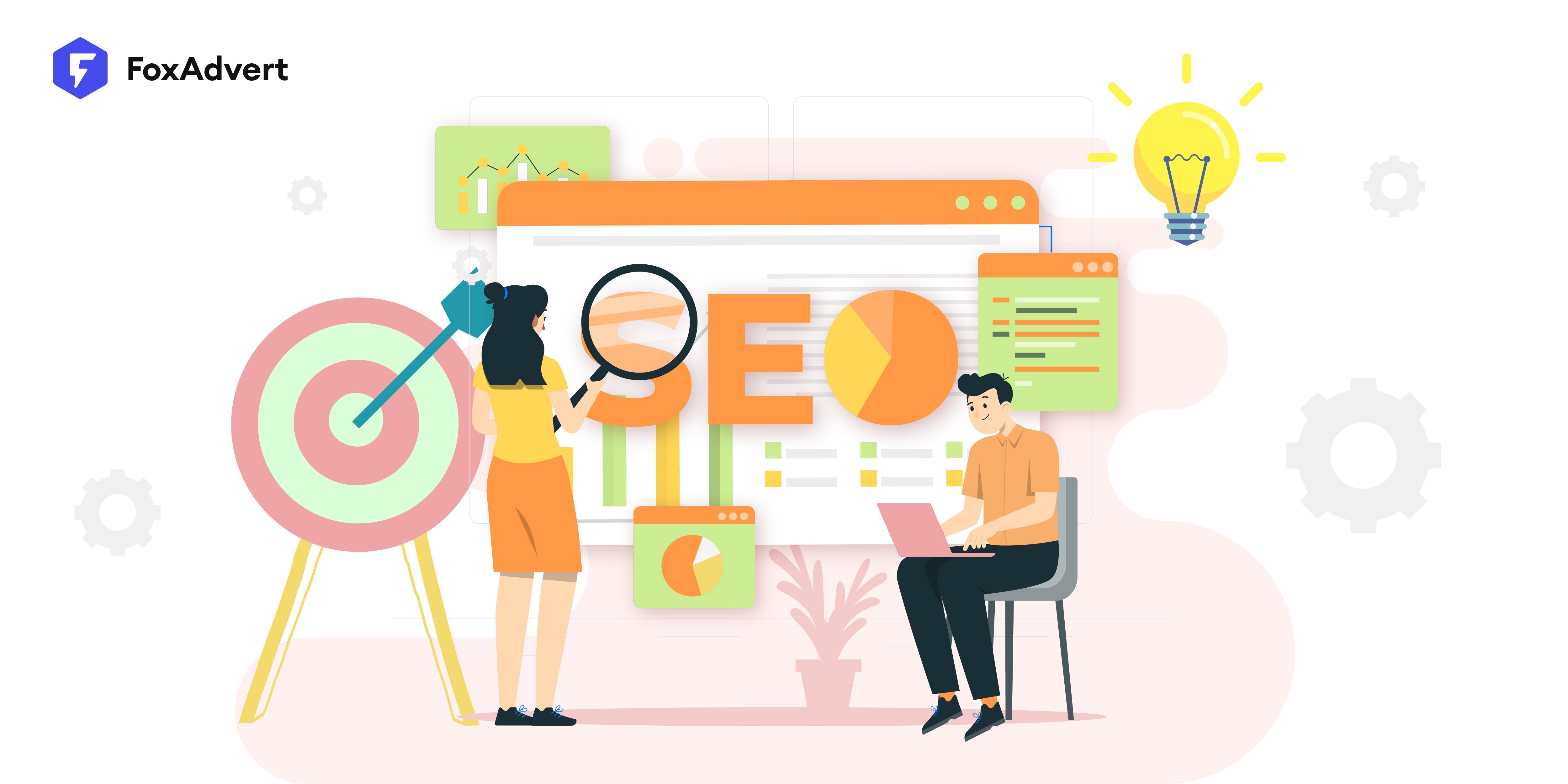
SEO audits are often seen as a routine task, but they can reveal more than just obvious technical issues. Beyond the typical checklist lies a layer of complex, hidden problems that, if left unchecked, could significantly hinder your site’s growth. Identifying these hidden issues requires a deeper level of analysis—issues that may not be immediately visible but can have a profound impact on both your user experience and search rankings.
In this article, we’ll explore how to perform a more thorough and insightful audit, addressing those often-overlooked problems that make a real difference in your site’s SEO performance.
Many sites treat internal linking as an afterthought, but poorly managed internal links can be a subtle yet powerful barrier to SEO success. It's not just about avoiding broken links; it’s about ensuring that your key pages are well-linked and that link equity is being distributed effectively across the site.
Internal linking plays a crucial role in guiding search engines through your site, helping them understand the hierarchy and importance of your content. Often, key pages are underlinked, which means they’re not receiving the attention they deserve from search engines. By ensuring that important pages are well-supported with relevant internal links, you create a smoother crawl experience and ensure that valuable content is easily discoverable.
We all know that page speed affects rankings, but the user experience consequences of slow load times are often underestimated. A slow-loading page can frustrate users, causing them to abandon the site before it even fully loads. This not only harms user engagement but can also contribute to a higher bounce rate—an indirect signal to search engines that the page isn't providing a good experience.
For any site that relies on conversion or user retention, fast page speeds are crucial. A significant improvement in load times, especially on high-traffic or high-conversion pages, can dramatically improve both SEO performance and user satisfaction.
While duplicate content is often thought of in terms of identical text, it can extend beyond that. Meta descriptions, title tags, and URL variants can all contribute to duplicate content problems, confusing search engines and diluting your page’s ability to rank well. Even slight variations in how content is presented across the site can lead to search engines having difficulty determining which version is the “original.”
Over time, this redundancy can reduce the effectiveness of your pages, especially when it comes to getting the best possible rankings. Identifying and correcting duplicate content not only clarifies your content for search engines but also ensures that each page’s ranking potential is maximized.
Mobile optimization is no longer just a nice-to-have feature; it’s essential for both user experience and SEO. With mobile-first indexing, Google now prioritizes the mobile version of a website for ranking purposes. If your site isn't fully optimized for mobile, you're not only missing out on a large portion of users but also potentially harming your SEO rankings.
Issues such as small fonts, unclickable buttons, or content that's hard to view on smaller screens can deter mobile users. The result is a poor user experience and, ultimately, lower rankings. Optimizing for mobile devices isn’t just about responsive design; it’s about ensuring that every element of your site works seamlessly across all screen sizes.
Mobile optimization should be a top priority, and addressing this will not only improve rankings but also ensure that users have a positive experience on your site, no matter what device they’re using.
Even the most well-optimized site can fall short if search engines have difficulty crawling it. Crawl issues can arise from various factors, such as a poorly configured robots.txt file, a complicated URL structure, or even blocked resources that prevent search engines from accessing critical parts of your site. These issues can prevent search engines from indexing your site properly, reducing the chances of your pages appearing in search results.
Performing a crawl audit allows you to identify and address these hidden barriers, making your site more accessible to search engines and ensuring that no critical pages are left out of the indexing process. Once fixed, this can lead to better visibility and, ultimately, higher rankings. By removing these barriers to crawlability, you enhance your site’s ability to be properly indexed, which can significantly improve your site’s search performance.
A comprehensive SEO audit is vital for identifying hidden issues that can hinder your site’s performance. FoxAdvert brings years of experience and sharp attention to detail, ensuring that your website’s SEO health is optimized for success.
We offer tailored SEO solutions to match your unique needs—whether you're just starting out or seeking advanced optimization for a well-established site. With FoxAdvert, you can trust that your site will not only identify issues but also fix them with precision.
We offer three flexible SEO packages designed to grow with your business:
🔹Standard Package: Perfect for businesses looking to build a strong SEO foundation. This package covers essential optimizations, including technical SEO, on-page content, and site structure improvements.
🔹 Advanced Package: For businesses looking to enhance their SEO strategy with more in-depth content audits, advanced technical SEO, and targeted keyword strategies to outperform competitors and attract a larger audience.
🔹 Customized Package: Ideal for businesses that need a solution tailored to their unique needs. This package focuses on competitor insights, custom content strategies, and real-time adjustments to ensure your SEO efforts scale with your brand’s growth.
We don’t just provide SEO services—we partner with you to drive sustainable growth. Reach out today to learn which package best suits your needs and let’s elevate your digital presence together. To view the real story about how we helped a dating app win its traffic growth: How a Dating App Increased Its Traffic by Over 10X in Just 2 Months.